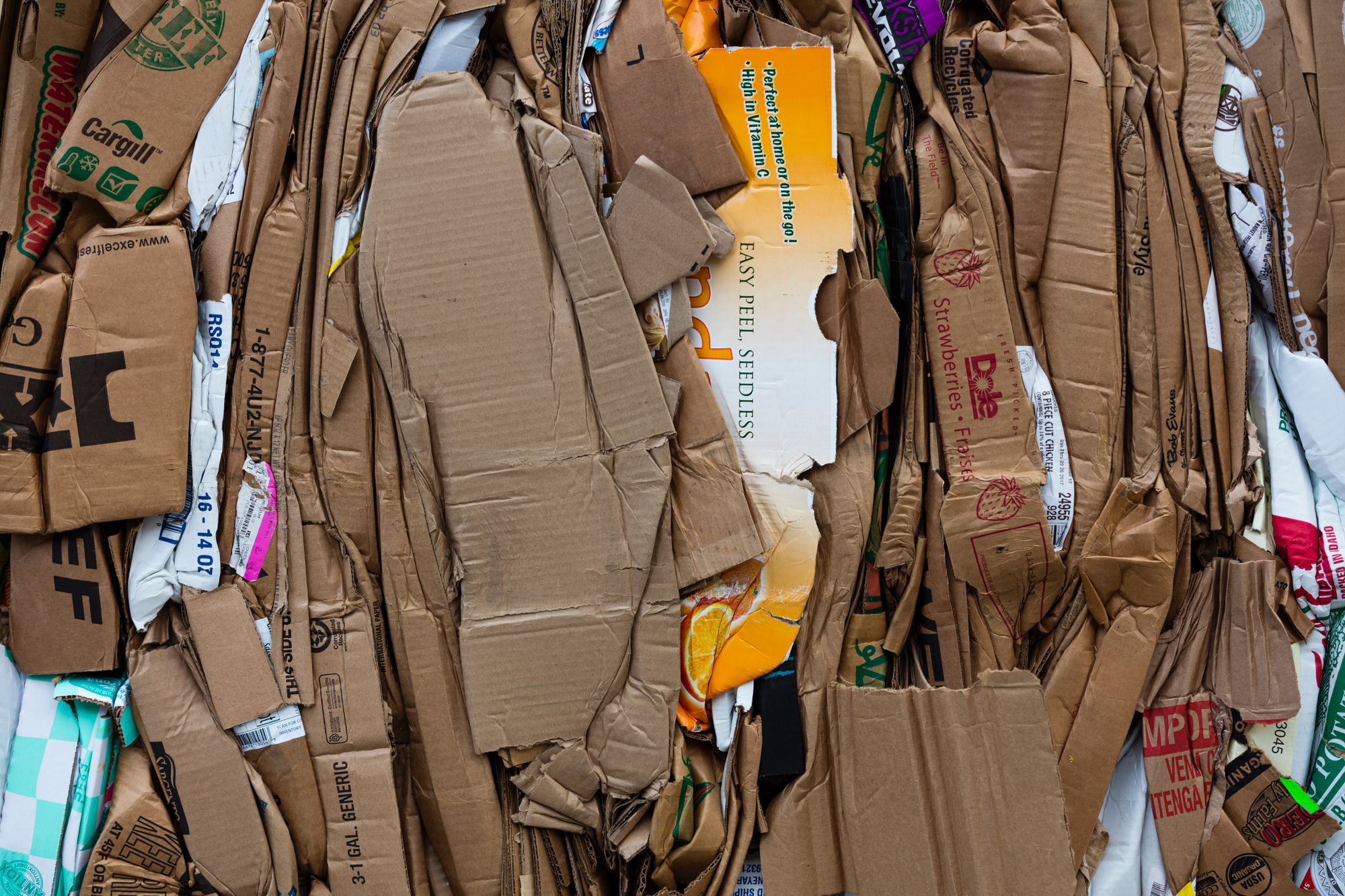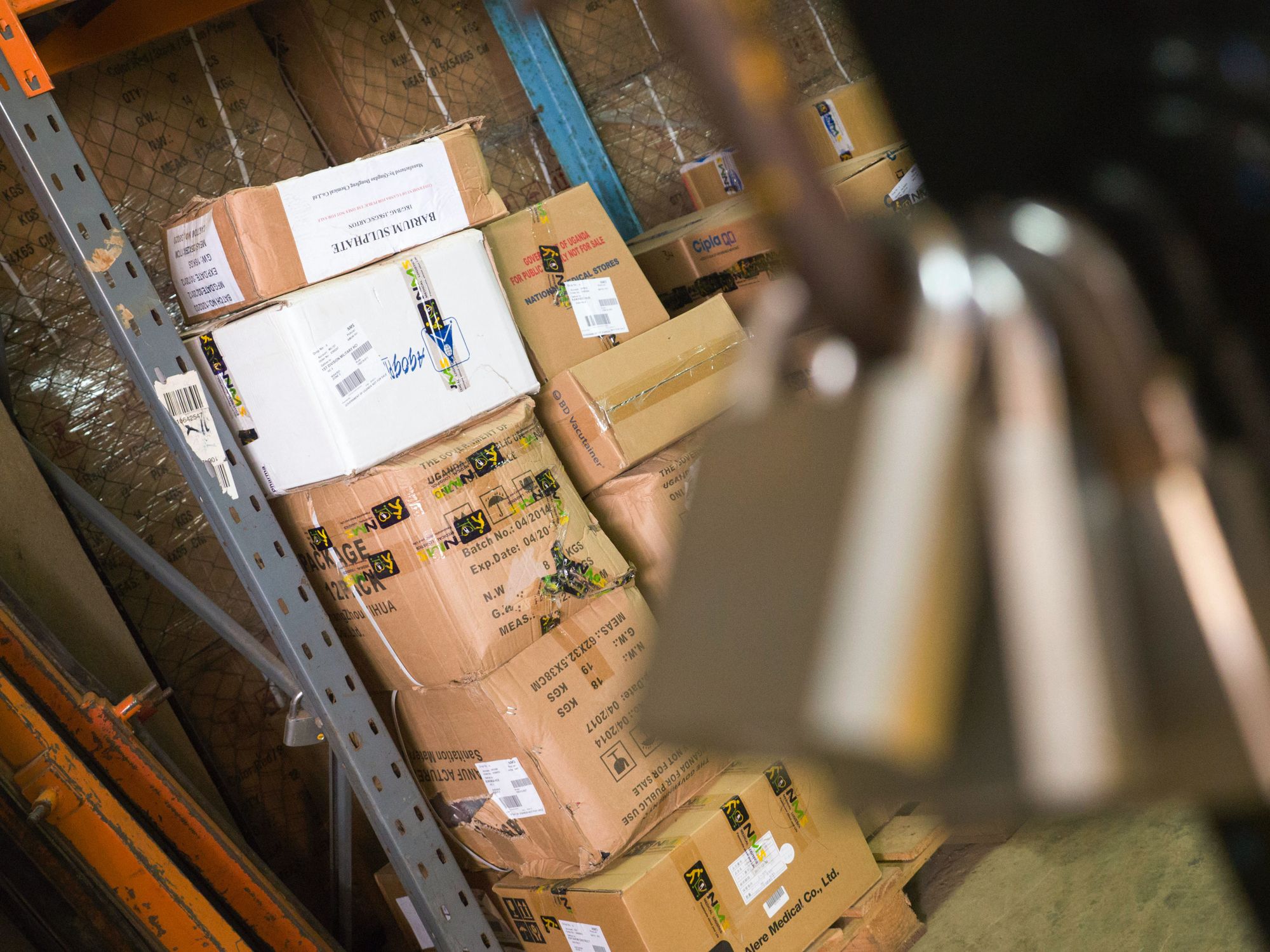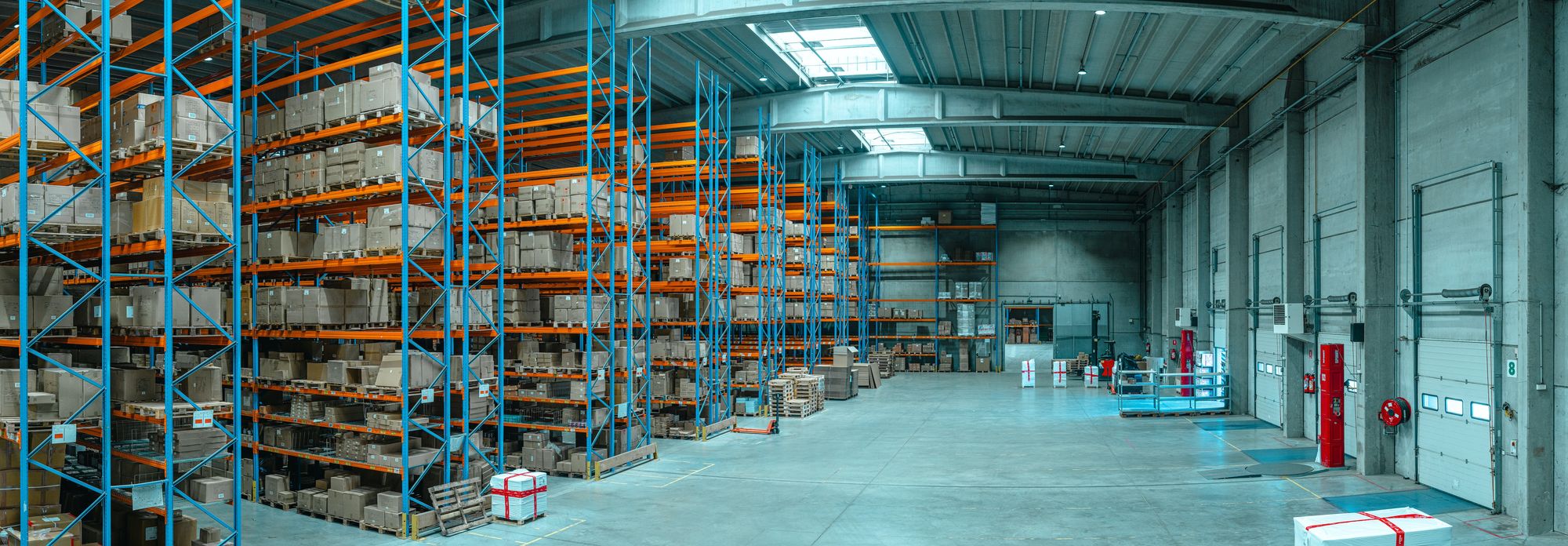The cost of raw materials for the paper industry, including pulp and recovered paper, has increased significantly in recent years. The price of pulp increased by 8.6% in 2020 and was expected to increase by 5.5% in 2021. (Source: RISI)
Energy costs are a major expense for paper manufacturers, accounting for approximately 25-30% of total production costs. However, the use of renewable energy sources such as biomass and solar power can help reduce energy costs. (Source: U.S. Department of Energy)

Labor costs are a significant expense for paper manufacturers, accounting for approximately 15-20% of total production costs. However, the use of automation and robotics can help reduce labor costs and improve efficiency. (Source: Grand View Research)
The implementation of digital technologies such as artificial intelligence (AI), the Internet of Things (IoT), and blockchain can help paper manufacturers reduce costs and improve efficiency. For example, the use of AI-powered predictive maintenance can help reduce maintenance costs and minimize downtime. (Source: Deloitte)
However, considering that the global paper industry is expected to reach $256 billion by 2027, growing at a compound annual growth rate (CAGR) of 3.6% from 2020 to 2027 (Source: Allied Market Research), it is important to know what is leading to rising costs and the strategies for reducing costs of paper manufacturing. This will help in maximizing the net revenue and net profit ratio of your company while also leading to higher returns on investment.
This article will be your complete guide for reducing the cost of paper manufacturing by covering the following topics:
- What is Paper Manufacturing?
- What is Leading to the Rising Costs of Paper Manufacturing?
- Strategies to Reduce the Cost of Paper Manufacturing
- What is the Importance of Reducing the Cost of Paper Manufacturing?
- How will the Implementation of MRP Systems Help in Reducing the Cost of Paper Manufacturing?
- How can Deskera Help You in Reducing the Cost of Paper Manufacturing?
- Key Takeaways
- Related Articles
What is Paper Manufacturing?
Paper manufacturing is the process of producing paper from raw materials such as wood pulp, recycled paper, or other plant fibers. The following are the basic steps involved in paper manufacturing:
- Pulping: The first step in paper manufacturing is pulping, which involves breaking down raw materials, such as wood chips, into small fibers. This process is typically done using chemicals or mechanical methods.
- Bleaching: Once the fibers have been separated, they are bleached to remove any impurities and create a brighter, whiter paper.
- Beating: The fibers are then beaten to create a more uniform texture and to improve the strength and flexibility of the paper.
- Adding fillers: Depending on the desired properties of the paper, fillers such as clay, calcium carbonate, or talc may be added to improve its opacity, brightness, and smoothness.
- Forming: The next step is to form the paper into sheets. This can be done using a variety of methods, such as the Fourdrinier process, which involves pouring a slurry of fibers onto a moving mesh screen, or the cylinder mold process, which uses a rotating cylinder to create sheets of paper.
- Pressing: Once the sheets have been formed, they are pressed to remove excess water and create a more uniform thickness.
- Drying: The final step is to dry the paper. This can be done using a variety of methods, such as air-drying or using heated rollers.
After the paper has been manufactured, it may be further processed to create specific types of paper, such as coated paper or newsprint. The paper may also be cut, packaged, and shipped to customers.
What is Leading to the Rising Costs of Paper Manufacturing?
There are several factors that have contributed to the rising costs of paper manufacturing. Some of the main factors are:
- Increase in raw material costs: The cost of wood pulp, which is the primary raw material used in paper manufacturing, has been increasing due to various factors, such as supply chain disruptions, increased demand, and rising transportation costs.
- Energy costs: The cost of energy, such as electricity and natural gas, is a major factor in paper manufacturing as it is required to power the machinery used in the process. Fluctuations in energy prices can significantly impact the cost of manufacturing paper.
- Labor costs: Labor costs, such as wages, benefits, and insurance, have been rising in many parts of the world. This can impact the cost of paper manufacturing as it requires a significant amount of manual labor.
- Environmental regulations: Environmental regulations, such as those related to emissions and wastewater treatment, can increase the cost of paper manufacturing as companies must invest in expensive equipment and processes to comply with these regulations.
- Supply chain disruptions: Disruptions in the supply chain, such as transportation delays, can increase the cost of manufacturing paper by causing delays, increasing inventory costs, and reducing efficiency.
Overall, these factors and others have contributed to the rising costs in paper manufacturing, which can impact the pricing of paper products for consumers and businesses.
Strategies to Reduce the Cost of Paper Manufacturing
There are many strategies that can be implemented to reduce the cost of paper manufacturing. By adopting a holistic approach and implementing multiple strategies, companies can achieve significant cost savings while maintaining high levels of quality and efficiency.
Thus, the several strategies that can be implemented to reduce the cost of paper manufacturing are:
Using Alternative Raw Materials
Using alternative raw materials is a potential strategy for reducing the cost of paper manufacturing. Here are some of the alternative raw materials that can be used in place of wood pulp:
- Agricultural waste: Agricultural waste such as sugarcane bagasse, wheat straw, and corn stover can be used as raw material in the production of paper. These materials are often available at low cost and can provide a sustainable source of fiber.
- Recycled paper: Recycled paper can be used as a raw material in the production of paper, reducing the need for virgin wood pulp. Recycling paper can also reduce waste and lower disposal costs.
- Non-wood fibers: Fibers from non-wood sources such as bamboo, hemp, and cotton can also be used as raw material in the production of paper. These fibers can provide high-quality paper and can be more sustainable than wood pulp.
- Industrial by-products: Some industrial by-products, such as black liquor, a by-product of the pulping process, can also be used as a raw material in the production of paper.
Using alternative raw materials can help reduce the cost of paper manufacturing by providing a cheaper and more sustainable source of fiber.
However, it is important to ensure that the quality of the paper is not compromised by using these alternative raw materials. Companies must also ensure that they comply with any regulations related to the use of these materials. This will encourage returning customers, and lead to higher gross profits.
Improving Production Efficiency
Improving production efficiency is a key strategy for reducing the cost of paper manufacturing. Here are some ways that companies can improve production efficiency:
- Lean manufacturing: Implementing lean manufacturing principles can help eliminate waste, improve efficiency, and reduce costs. This involves identifying and eliminating non-value-added activities, optimizing workflows, and continuously improving processes.
- Automation: Investing in automation technologies can help streamline production processes, reduce errors, and improve efficiency. Automated systems can help reduce labor costs and overall manufacturing costs, improve consistency, and increase production output.
- Predictive maintenance: Predictive maintenance uses sensors and data analytics to identify potential equipment failures before they occur. By detecting and addressing issues early, companies can reduce downtime and maintenance costs.
- Continuous improvement: Implementing a culture of continuous improvement can help identify and address inefficiencies and bottlenecks in the production process. This involves regularly reviewing processes, gathering feedback from employees, and implementing improvements based on data and analysis.
- Training and development: Investing in employee training and development can help improve productivity, reduce errors, and ensure that employees are using equipment and processes effectively.
- Quality control: Implementing effective quality control measures can help reduce the amount of waste and rework, improve consistency, and ensure that the final product meets customer requirements, thereby ensuring customer loyalty.
By improving production efficiency, companies can reduce costs, increase productivity, and improve the overall quality of the product. However, it is important to ensure that any changes made do not compromise the quality or safety of the final product.
Reducing Energy Consumption
Reducing energy consumption is a key strategy for reducing the cost of paper manufacturing. Here are some ways that companies can reduce energy consumption:
- Implement energy-efficient equipment: Investing in energy-efficient equipment, such as motors, pumps, and compressors, can help reduce energy consumption and lower operating costs. For example, replacing old, inefficient motors with high-efficiency motors can reduce energy consumption by up to 30%.
- Use renewable energy: Using renewable energy sources, such as solar or wind power reduces energy costs and improve sustainability. Companies can also consider installing on-site renewable energy systems to generate their own power.
- Optimize equipment use: Optimizing the use of equipment, such as reducing idle time, can help reduce energy consumption. Companies can also implement equipment upgrades, such as installing variable speed drives, to reduce energy consumption during low-demand periods.
- Improve insulation: Insulating equipment and buildings can help reduce energy consumption by reducing heat loss. Companies can also install energy-efficient windows and doors to improve insulation.
- Implement energy management systems: Implementing energy management systems can help identify energy-saving opportunities and optimize energy use. Companies can use energy management systems to monitor energy consumption, track energy costs, and identify areas for improvement.
- Train employees: Training employees on energy-efficient practices and processes can help reduce energy consumption. For example, training employees to turn off equipment when not in use can help reduce energy waste.
By reducing energy consumption, companies can lower their operating costs and improve their environmental sustainability. However, it is important to ensure that any changes made do not compromise the quality or safety of the final product.
Optimizing Raw Material Usage
Optimizing raw material usage is a key strategy for reducing the cost of paper manufacturing. Here are some ways that companies can optimize their raw material usage:
- Reduce waste: Implementing waste reduction strategies can help minimize the number of raw materials that are wasted during production. For example, using precision cutting equipment can help reduce waste during the paper-cutting process.
- Improve material selection: Selecting raw materials that are cost-effective and high-quality can help reduce costs and improve the quality of the final product. Companies can work with their suppliers to identify materials that meet their requirements while also being cost-effective.
- Improve inventory management: Optimizing inventory levels can help reduce waste and minimize the number of raw materials that are unused or discarded. Companies can use inventory management software to track inventory levels and optimize orders.
- Reuse and recycle materials: Reusing and recycling materials can help reduce the number of raw materials that are used and lower the cost of production. For example, using recycled paper as a raw material can help reduce the need for virgin wood pulp.
- Implement process improvements: Implementing process improvements can help optimize the use of raw materials during production. For example, implementing a closed-loop water system can help reduce the amount of water that is used during production.
By optimizing raw material usage, companies can reduce costs and improve the sustainability of their operations. However, it is important to ensure that any changes made do not compromise the quality or safety of the final product.
Improving Supply Chain Management
Improving supply chain management is a key strategy for reducing the cost of paper manufacturing. Here are some ways that companies can improve their supply chain management:
- Optimize transportation: Optimizing transportation can help reduce transportation costs and improve delivery times. Companies can work with logistics providers to identify the most efficient transportation routes and modes of transportation.
- Improve inventory management: Optimizing inventory levels can help reduce storage costs and minimize the number of raw materials that are unused or discarded. Companies can use inventory management software to track inventory levels and optimize orders.
- Improve supplier relationships: Developing strong relationships with suppliers can help reduce costs and improve the quality of raw materials. Companies can work with their suppliers to negotiate better pricing, develop long-term contracts, and identify opportunities for collaboration.
- Use data analytics: Using data analytics can help companies identify inefficiencies in the supply chain and optimize operations. For example, using data analytics to track delivery times can help identify areas for improvement.
- Implement process improvements: Implementing process improvements can help optimize supply chain operations and reduce costs. For example, implementing a just-in-time inventory system can help reduce storage costs and minimize waste.
By improving supply chain management, companies can reduce costs and improve the efficiency of their operations. However, it is important to ensure that any changes made do not compromise the quality or safety of the final product.
Investing in Employee Training
Investing in employee training is a key strategy for reducing the cost of paper manufacturing. Here are some ways that companies can invest in employee training:
- Improve process knowledge: Providing training to employees on the manufacturing process can help them better understand how the process works and identify opportunities for improvement. This can help reduce waste, improve efficiency, and ultimately reduce costs.
- Implement best practices: Training employees on best practices, such as safety procedures, quality control, and equipment maintenance, can help reduce downtime and improve efficiency.
- Develop specialized skills: Providing specialized training to employees, such as training on a specific piece of equipment or software, can help improve productivity and reduce errors.
- Cross-train employees: Cross-training employees can help ensure that there is a pool of skilled workers who can fill in for absent or busy employees. This can help reduce downtime and improve efficiency.
- Foster a culture of continuous improvement: Encouraging employees to share ideas and identify opportunities for improvement can help foster a culture of continuous improvement. This can help reduce costs, improve the quality of the final product, and ensure retention of top talents.
Investing in employee training can help improve the skills and knowledge of employees, reduce waste, and improve efficiency. This can ultimately lead to lower costs and improved profitability for the company.
Implementing Sustainable Practices
Implementing sustainable practices is a key strategy for reducing the cost of paper manufacturing. Here are some ways that companies can implement sustainable practices:
- Use renewable energy sources: Investing in renewable energy sources, such as solar or wind power, can help reduce energy costs and lower the company's carbon footprint.
- Reduce water consumption: Implementing water reduction strategies, such as using closed-loop water systems, can help reduce water consumption and lower costs.
- Use recycled materials: Using recycled materials, such as recycled paper, can help reduce the need for virgin raw materials and lower costs.
- Implement waste reduction strategies: Implementing waste reduction strategies, such as recycling or composting, can help reduce waste and lower disposal costs.
- Implement eco-friendly packaging: Using eco-friendly packaging materials, such as biodegradable or compostable materials, can help reduce the company's environmental impact and potentially lower costs.
By implementing sustainable practices, companies can reduce their environmental impact and potentially lower costs. Additionally, implementing sustainable practices can improve the company's reputation and appeal to customers who prioritize sustainability.
Streamlining Administrative Processes
Streamlining administrative processes is a key strategy for reducing the cost of paper manufacturing. Here are some ways that companies can streamline administrative processes:
- Implement digital workflows: Implementing digital workflows, such as electronic approvals and document management systems, can help reduce the need for paper-based processes and lower administrative costs.
- Automate manual processes: Automating manual processes, such as data entry or inventory management, can help reduce the need for manual labor and potentially lower costs.
- Centralize administrative functions: Centralizing administrative functions, such as purchasing or accounting, can help improve efficiency and potentially reduce costs.
- Use analytics to optimize processes: Using analytics to track and analyze administrative processes can help identify inefficiencies and areas for improvement. This can help improve efficiency and potentially lower costs.
- Standardize processes: Standardizing administrative processes, such as invoicing or purchasing, can help improve efficiency and reduce errors. This can help lower costs and improve the quality of the final product.
By streamlining administrative processes, companies can reduce administrative costs, improve efficiency, and potentially lower overall costs.
However, it is important to ensure that any changes made do not compromise the quality or safety of the final product.
Implementing Cost-Sharing Initiatives
Implementing cost-sharing initiatives is a strategy for reducing the cost of paper manufacturing. Here are some ways that companies can implement cost-sharing initiatives:
- Collaborate with suppliers: Working with suppliers to implement cost-sharing initiatives, such as bulk purchasing or shared transportation, can help lower operating costs for both parties.
- Implement co-production agreements: Implementing co-production agreements with other manufacturers, where two or more companies share the costs of production, can help reduce costs and improve efficiency.
- Share resources: Sharing resources, such as equipment or facilities, with other companies can help reduce costs, improve efficiency, and have a higher ratio of operating income to operating expenses.
- Implement joint research and development projects: Implementing joint research and development projects with other companies can help share the costs of developing new technologies or processes, which can lead to cost savings in the long run.
- Participate in industry associations: Participating in industry associations can help companies share knowledge and resources, which can lead to cost savings and improved efficiency.
By implementing cost-sharing initiatives, companies can reduce costs, improve efficiency, and potentially gain a competitive advantage. However, it is important to ensure that any initiatives implemented do not compromise the quality or safety of the final product.
Investing in Research and Development
Investing in research and development (R&D) is a key strategy for reducing the cost of paper manufacturing. Here are some ways that companies can invest in R&D to reduce costs:
- Develop new manufacturing processes: Developing new manufacturing processes can help improve efficiency, reduce waste, and lower costs.
- Explore new raw materials: Exploring new raw materials, such as agricultural residues or waste materials, can help reduce costs by reducing the need for virgin raw materials.
- Develop new products: Developing new products, such as lighter-weight paper or higher-quality paper, can help increase revenue and potentially reduce costs by improving efficiency.
- Improve quality control: Improving quality control processes can help reduce waste and improve efficiency, which can lower costs.
- Develop new technologies: Developing new technologies, such as automation or artificial intelligence, can help improve efficiency and reduce costs.
Investing in R&D can be expensive in the short term but can lead to long-term cost savings and improved competitiveness. By developing new manufacturing processes, exploring new raw materials, developing new products, improving quality control, and developing new technologies, companies can reduce costs and potentially gain a competitive advantage.
What is the Importance of Reducing the Cost of Paper Manufacturing?
Reducing the cost of paper manufacturing is important for several reasons, including:
- Increased profitability: By reducing the cost of paper manufacturing, companies can increase their profitability and reinvest the savings into the business. This can help fund research and development, improve efficiency, and grow the business.
- Improved competitiveness: By reducing the cost of paper manufacturing, companies can improve their competitiveness by offering lower prices or higher quality products than their competitors.
- Environmental sustainability: By reducing the cost of paper manufacturing, companies can potentially reduce their environmental impact by reducing waste and resource consumption.
- Consumer affordability: By reducing the cost of paper manufacturing, companies can offer more affordable products to consumers, which can increase demand and grow the market.
- Job creation: By reducing the cost of paper manufacturing, companies can potentially increase their production and expand their business, which can create new jobs and contribute to economic growth.
Overall, reducing the cost of paper manufacturing is important for the long-term sustainability and growth of the industry. By implementing cost-saving strategies, companies can improve their profitability, competitiveness, and environmental sustainability while providing affordable products to consumers and contributing to job creation and economic growth.
How will the Implementation of MRP Systems Help in Reducing the Cost of Paper Manufacturing?
The implementation of Material Requirements Planning (MRP) systems can help reduce the cost of paper manufacturing in several ways:
- Better inventory management: MRP systems can help companies better manage their inventory by tracking the usage of raw materials, predicting future demand, and automatically generating purchase orders when inventory levels are low. This can help reduce inventory holding costs and minimize waste from overproduction.
- Improved production planning: MRP systems can help companies plan their production schedules more effectively by identifying the materials and resources needed for each order and scheduling production accordingly. This can help reduce production downtime, improve throughput, and reduce labor costs.
- Enhanced supply chain visibility: MRP systems can help improve visibility into the supply chain by providing real-time information on inventory levels, production schedules, and supplier lead times. This can help companies identify potential bottlenecks or supply chain disruptions and proactively manage them to minimize delays and costs.
- Reduced manual processes: MRP systems automate many manual processes, such as generating purchase orders or scheduling production, which can help reduce errors and save time. This can help reduce labor costs and improve overall efficiency.
- Optimization of resource usage: By tracking resource usage and demand, MRP systems can help optimize the use of resources such as raw materials, energy, and labor. This can help reduce waste, improve efficiency, and lower production costs.
Overall, the implementation of MRP systems can help paper manufacturers reduce costs by improving inventory management, production planning, supply chain visibility, resource usage optimization, and reducing manual processes.
By optimizing these processes, companies can improve efficiency, reduce waste, and ultimately lower production costs.
How can Deskera Help You in Reducing the Cost of Paper Manufacturing?
Deskera is a cloud-based material requirements planning (MRP) software that can help paper manufacturers reduce costs in several ways:
- Inventory management: Deskera can help companies manage their inventory more efficiently by providing real-time information on inventory levels, tracking raw material usage, and generating purchase orders automatically when inventory levels are low. This can help reduce inventory holding costs and minimize waste from overproduction.
- Production planning: Deskera can help companies plan their production schedules more effectively by identifying the materials and resources needed for each order and scheduling production accordingly. This can help reduce production downtime, improve throughput, and reduce labor costs.
- Supply chain management: Deskera can help improve supply chain visibility by providing real-time information on inventory levels, production schedules, and supplier lead times. This can help companies identify potential bottlenecks or supply chain disruptions and proactively manage them to minimize delays and costs.
- Accounting and finance: Deskera can help companies manage their finances more efficiently by automating accounting processes, generating financial reports, and providing real-time information on financial performance. This can help reduce accounting costs and improve financial decision-making.
- Business intelligence and analytics: Deskera can help companies analyze their business performance and identify areas for improvement by providing real-time data on key performance indicators (KPIs) such as production efficiency, inventory turnover, and profit margins. This can help companies make data-driven decisions to improve efficiency and reduce costs.
Key Takeaways
Reducing the cost of paper manufacturing is essential for companies to remain competitive in the global market. There are several strategies that can be implemented to reduce costs, including:
- Use alternative raw materials: Consider using alternative raw materials such as agricultural waste, recycled paper, or non-wood fibers like bamboo or bagasse. These alternatives can often be cheaper and more sustainable than traditional wood pulp.
- Improve production efficiency: Increasing efficiency can significantly reduce manufacturing costs. This can be achieved by implementing lean manufacturing practices, optimizing production processes, and investing in new technologies and equipment.
- Reduce energy consumption: Energy consumption is a high cost in paper manufacturing. Companies can reduce energy consumption by investing in energy-efficient equipment, using renewable energy sources, and optimizing energy usage during production.
- Optimize raw material usage: Reduce raw material usage by optimizing the production process and reducing waste. This includes improving yield rates, reducing scrap and rework, and optimizing inventory levels.
- Improve supply chain management: Implementing efficient supply chain management can reduce transportation costs, lead times, and inventory levels. Companies can achieve this by implementing just-in-time (JIT) inventory management, collaborating with suppliers and customers, and optimizing logistics and transportation.
- Invest in employee training: Training employees on new technologies, production processes, and safety protocols can improve efficiency, reduce downtime, and improve the overall quality of production.
- Implement sustainable practices: Adopting sustainable practices such as reducing water usage, recycling materials, and reducing emissions can reduce costs and improve the company's reputation and brand image.
- Streamline administrative processes: Administrative processes such as procurement, accounting, and billing can also impact manufacturing costs. Streamlining these processes through automation and technology can improve efficiency and reduce costs.
- Implement cost-sharing initiatives: Companies can collaborate with suppliers, customers, or other stakeholders to implement cost-sharing initiatives, such as joint sourcing or transportation. This can help reduce transportation costs, as well as improve supply chain efficiency and reduce lead times.
- Invest in R&D: Investing in research and development can help companies develop new and innovative technologies, products, and processes that can improve efficiency and reduce costs. This can include new types of raw materials, new machinery or equipment, and new manufacturing processes.
By implementing these strategies and embracing sustainable practices, paper manufacturers can improve their bottom line, reduce their environmental impact, and position themselves for long-term success.
Overall, Deskera MRP can help paper manufacturers reduce costs by improving inventory management, production planning, supply chain management, accounting and finance, and business intelligence and analytics.
Related Articles












